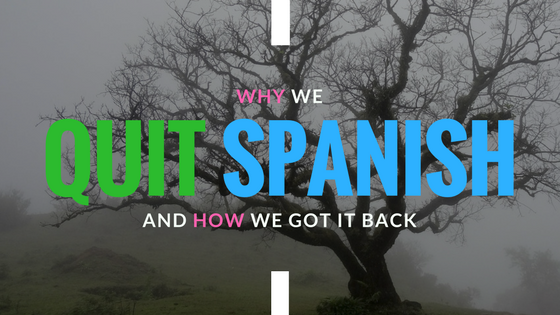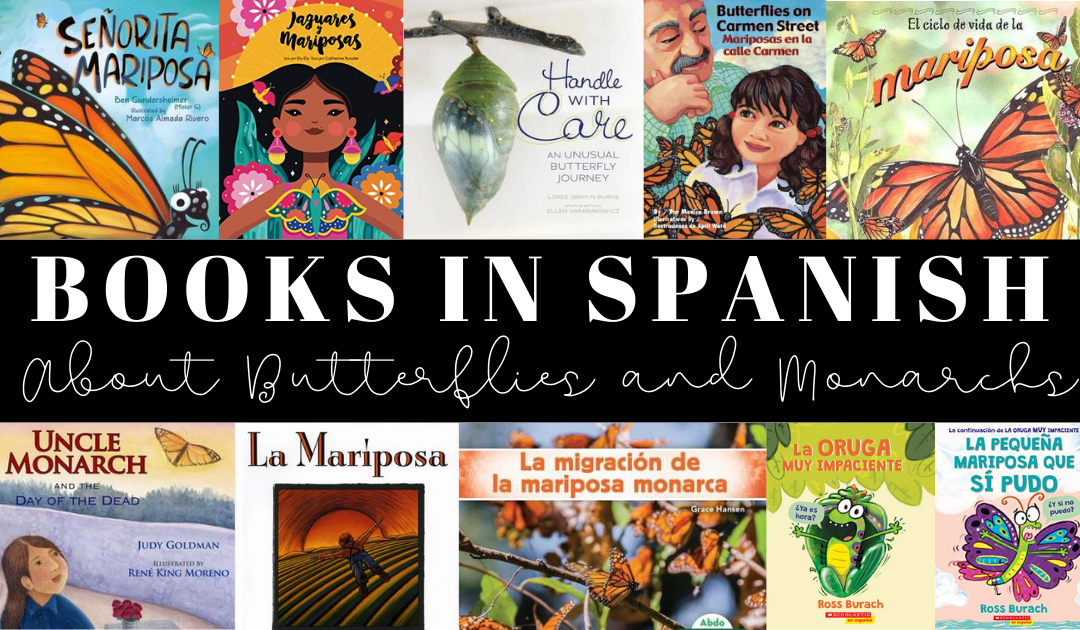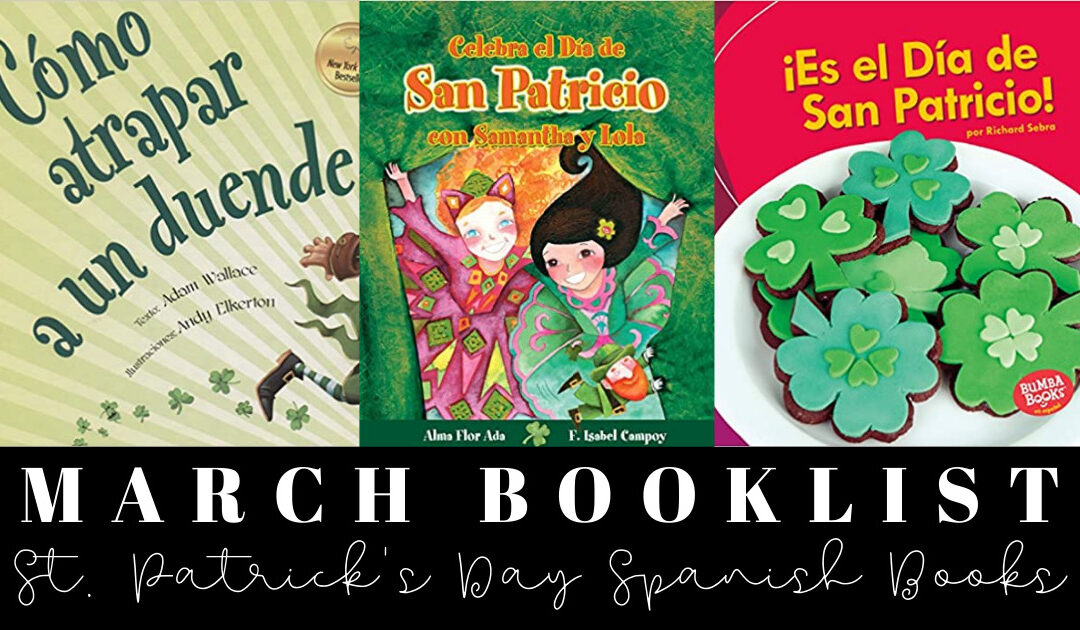It wasn’t until Spanish became a part of our routine again, that I understood why it had left in the first place. It’s been so long since then, that I don’t exactly remember making a decision to “stop doing Spanish.” I can’t even remember if it faded from our life slowly, or stopped abruptly. However it happened, for nearly a year we “quit Spanish.”
Some days I hardly realized it was missing. Other days I missed it. Some days I felt guilty my kids weren’t learning it (although not enough to try to cram it back into our schedule). Other days I wondered if I simply didn’t love Spanish anymore.
Last year was my oldest child’s First Grade year. It was a year full of adjustments and learning and maturing. A few months into the school year we got to the point where there just wasn’t enough time for Spanish. Here we are a few months into his Second Grade year and my second-oldest’s Kindergarten year, and we’re doing Spanish again. So what happened?
I didn’t happen upon more time in my schedule. If anything, things are busier now having two school-aged children. It wasn’t until recently that it hit me. Actually, an allegory of nature helped straighten things out in my mind. My Spanish life went dormant.
Dormancy
Dormancy most generally happens when an organism has calculated that a season of adverse conditions is around the corner. (Sometimes organisms can enter a phase of dormancy after the adverse conditions have hit–which is more likely my story haha.) The organism uses dormancy as a survival mechanism–as a way of preserving life. But it looks like death, doesn’t it?
When fall rolls around (here where we live) the leaves change colors with a flourish, giving such a thrill–but not without a tinge of regret, that winter will soon arrive. (Or maybe it’s just me that slightly cringes at the thought of cold, dark months ahead.) And then all the trees look dead.
But They’re Not Dead!
Which is the point I’m trying to make. If you’re a tree, and you live where there is winter, you just know: you have to prepare for it. You withdraw all those nutrients from the leaves, cutting off all the unnecessary baggage, and close up shop until spring. And you know what else? Dormancy is also used for keeping house, as a time for repairing cells and getting things back in order for the next year.
I don’t know why, but it helped me so much to realize that’s what I had been going through. A season of dormancy. I didn’t lose my Spanish, and neither did my kids. I just needed to reserve my Spanish energies until conditions were more suited for growth.
If I had tried to force things and tried to keep my leaves green or get myself to grow during a time of winter, my Spanish may have died. These days I think most of us would call that burnout. It feels so good to find this parallel in nature, to reassure myself it was the right thing to do.
Pay Attention to Nature
I want to encourage you all that it’s okay if you’re not always “ON.” Pay attention to the rhythms in your own life. Look for cues from “nature” to know when it’s time to be busy and productive, and when it’s time to rest and preserve life.
A Charlotte Mason Schedule
If you’ve been around here a while, you know that we use Charlotte Mason’s methods to guide our homeschool. She encouraged schools to have 12-week terms with a month break between each one. I think she even advised taking a day off for spending time in nature, at the teacher’s discretion, when it seemed children’s minds were wandering too much or not in a mindset to focus on lessons. She also taught short and varied lessons. We’re trying to follow these guidelines to keep our Spanish lives healthy and flourishing. 🙂
Blooming Again
Our Spanish schedule this year consists of three ten-minute lessons on MWF. In addition we’re learning to recite two Spanish poems this term, and learning one Spanish song. We’ll take the month of December off and I’ll use that time to ready a new plan for the next 12 weeks.
How are you structuring your Spanish lessons? What keeps your Spanish life healthy? Have you ever had to take a break from Spanish? Did you feel guilty about it? What things have you learned on your Spanish-learning journey? Please share so we can all learn from each other!






